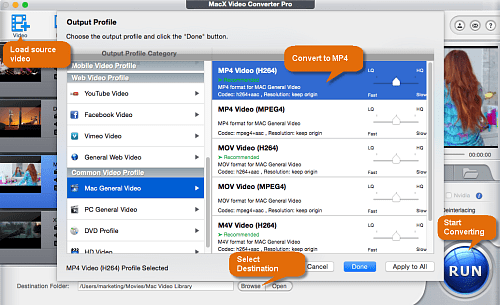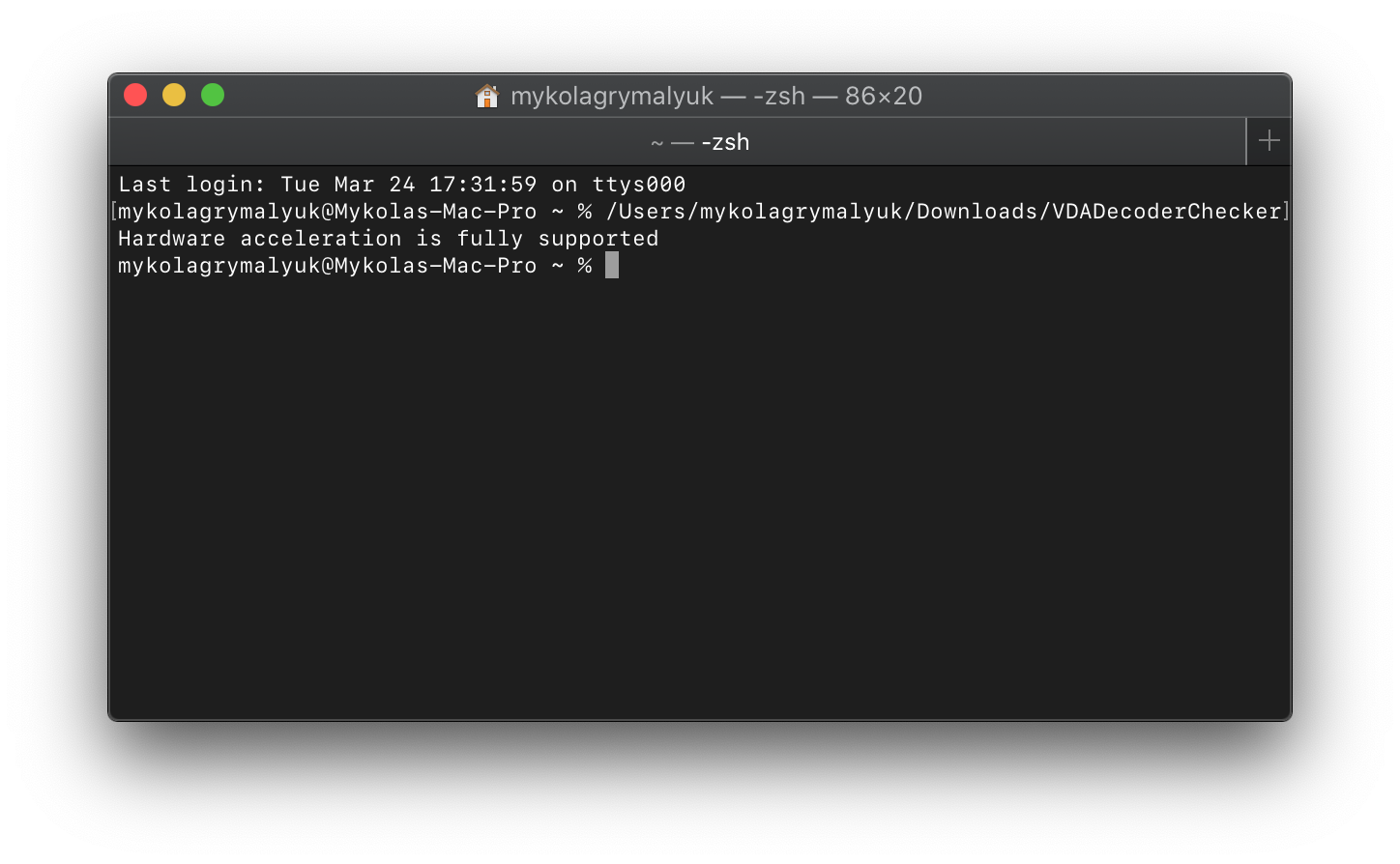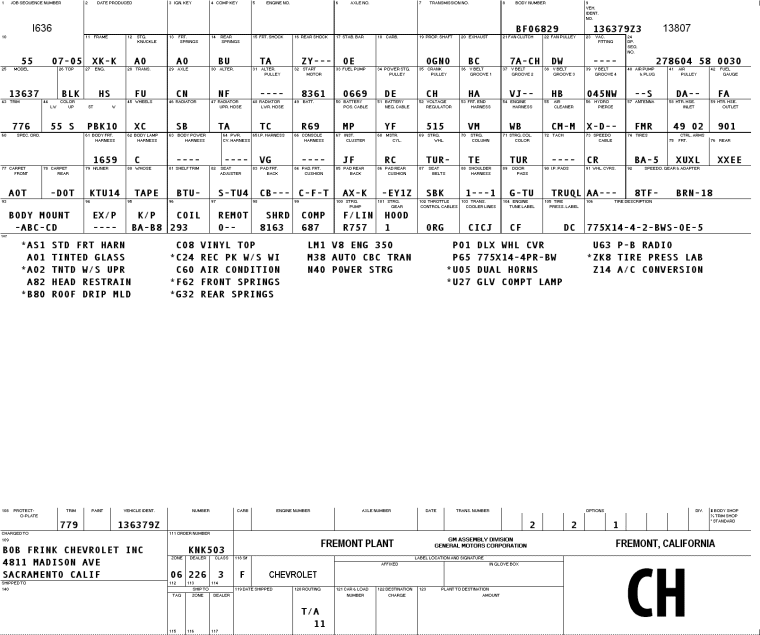
The existing Layer View has been updated in order to see a live simulation of all the paths within a layer. New material profile for Breakaway material, a new dry post processing support material, which can be used for models with flat surface area overhangs. This new print core gives extra fine line widths which gives prints extra definition and surface quality.
#Cura 2.6.1 .dmg drivers#
#Cura 2.6.1 .dmg windows#
Signed binaries (Windows)įor security-conscious users, the Windows installer and Windows binaries have been digitally signed to prevent “Unknown application” warnings and virus scanner false-positives.

Disable ‘Send slice information’Ī shortcut to disable ‘Send slice information’ has been added to the first launch to make it easier for privacy-conscious users to keep slice information private.

The sidebar can now be hidden/shown by selecting View > Expand/Collapse Sidebar, or with the hotkey CMD + E (Mac) or CTRL + E (PC and Linux). Updated sidebar to QtQuick 2.0Īpplication framework updated to increase speed, achieve a better width and style fit, and gives users dropdown menus that are styled to fit the enabled Ultimaker Cura theme, instead of the operating system’s theme. Quick camera controls introduced in version 3.1 have been revised to create more accurate isometric, front, left, and right views. Objects can be used as meshes, with a drop down list where ‘Print as support’, ‘Don't overlap support with other models’, ‘Modify settings for overlap with other models’, or ‘Modify settings for infill of other models’ can be specified. New button in the left toolbar to edit per model settings, giving the user more control over where to place support. This feature must be enabled manually in the preferences ‘general’ tab. Multiple build plates can be sliced and sent to a printer or printer group in Cura Connect. Multi build plateĮxperimental feature that creates separate build plates with shared settings in a single session, eliminating the need to clear the build plate multiple times. Good for lower spec GPUs as it is less resource-intensive. Backface culling in layer viewĭoubled frame rate by only rendering visible surfaces of the model in the layer view, instead of rendering the entire model. Printer definitions are now loaded when adding a printer, instead of loading all available printers on startup. This setting can be found under the experimental category. The result is high-quality surface finishes with a marginally increased print time.

Prints with a variable layer thickness which adapts to the angle of the model’s surfaces. This results in better surface finishes for organic-shaped prints.

Branches ‘grow’ and multiply towards the model, with fewer contact points than alternative support methods.


 0 kommentar(er)
0 kommentar(er)
